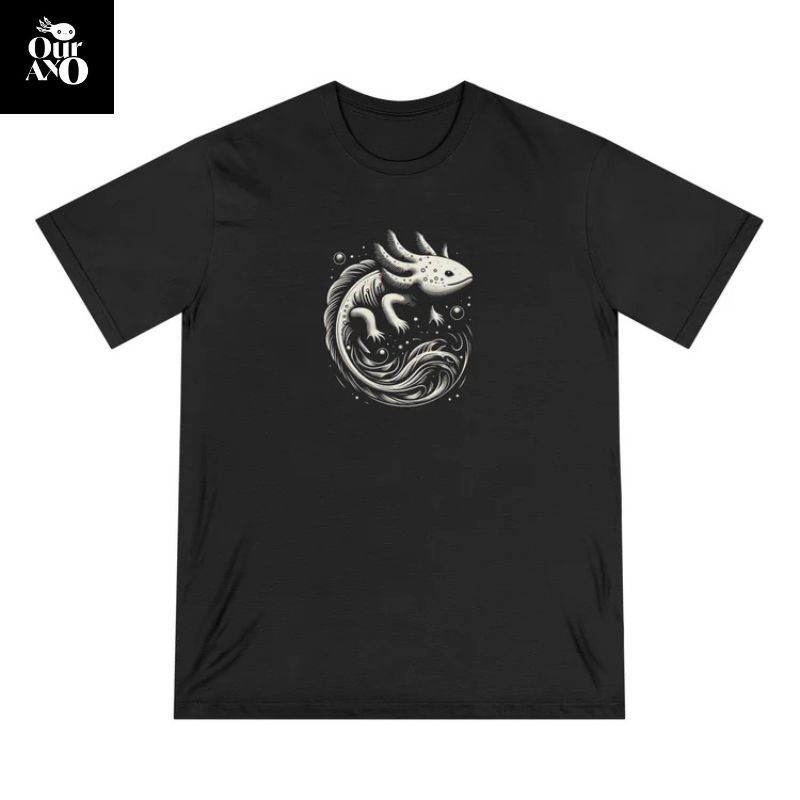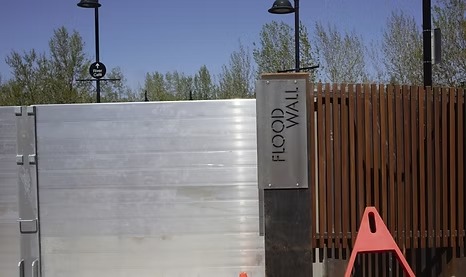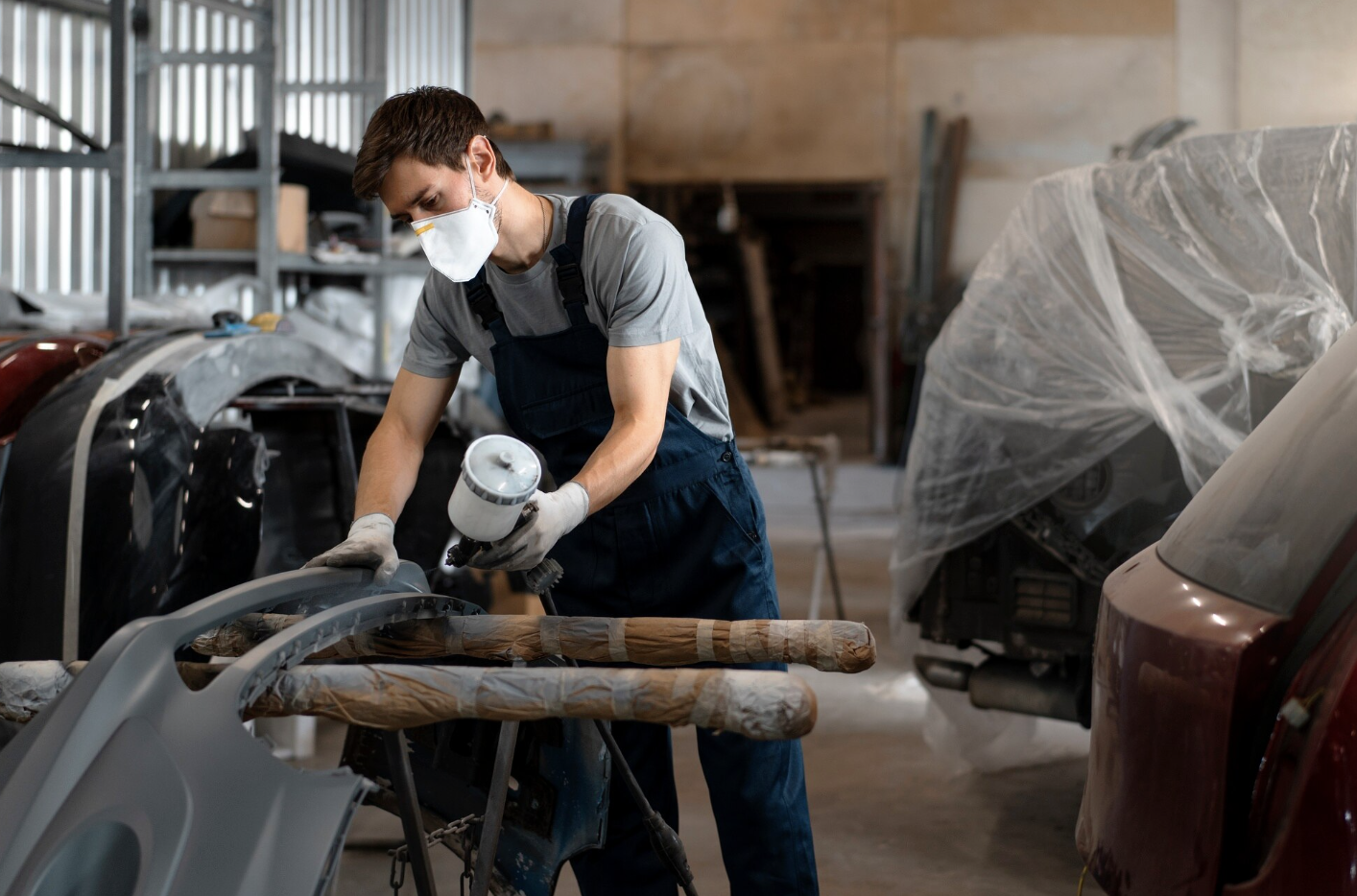
I’ve watched parents grab STEM toys hoping they’ll spark something sharp in their kids, and honestly, I get it. These toys do more than fill an afternoon. They nudge kids to tinker, poke at ideas, and mess around with how things work. You’re not trying to turn them into tiny engineers. You’re giving them room to think for themselves, slowly, sometimes clumsily, but in a way that sticks.
This guide lays out what STEM toys actually are, why they matter, and how to pick the right ones without feeling like you’re decoding a lab manual.
What Are STEM Toys?
STEM stands for:
Science
Technology
Engineering
Mathematics
Kids learn these through play that feels like play. Blocks, circuits, magnets, coding boards. They build something, break it, adjust it, and keep going. The lessons sneak in quietly.
What Each Part of STEM Means for Kids
| STEM Areas | What Kids Learn | Examples of Skills |
| Science | Curiosity, observing causes and effects | Simple experiments, small discoveries |
| Technology | Logic, sequences, digital thinking | Coding steps, patterns |
| Engineering | Building, testing, tweaking | Structures, machines, design basics |
| Mathematics | Patterns, reasoning, numbers | Counting, puzzles, logic play |
Kids mix these skills without even noticing. That’s the nice part. It all feels natural.
Why STEM Toys Matter
Parents often wonder what makes these toys different from regular ones. I’ve noticed it comes down to how kids think while playing. STEM toys push them to make decisions. Try something. Break something. Retry.
- They sharpen problem-solving. Kids test ideas instead of guessing. If it fails, they adjust.
- They spark creativity. Many sets have no single “correct” outcome. Kids drift in their own direction.
- They build focus. A child deep in a coding puzzle barely looks up.
- They teach real-world basics. Kids see how simple machines move or how commands trigger actions.
- They support future learning. Not a career push. Just steady confidence for school later.
Types of STEM Toys
You’ll see these everywhere:
• Robotics kits
• Coding toys
• Building and engineering sets
• Science experiment kits
• Math and logic games
• Electronics sets
• Nature and discovery kits
Kids latch onto different types. I’ve seen quiet kids fall in love with circuits, and restless kids settle into building kits.
How to Choose the Right STEM Toy
The category is massive. Picking something good shouldn’t feel like solving a riddle. Try using this quick list.
Checklist for Parents
• Make sure it fits your child’s age.
• Choose toys that let kids think, build, or test ideas.
• Skip toys with only one rigid way to play.
• Look for sets that grow with your child.
• Match it with what your kid’s already curious about.
• Check safety, durability, and clarity.
Age Guide for STEM Toys
| Age Range | What Works Best | Why It Helps |
| 3–5 | Basic building, magnets, shapes | Builds early logic and motor control |
| 6–8 | Simple coding, starter robotics | Kids grasp sequences and patterns |
| 9–12 | Detailed building, science kits | Problem-solving becomes stronger |
| 12+ | Electronics, complex experiments | They’re ready for deeper ideas |
This keeps parents from grabbing something that’s either too simple or too advanced.
Recommended STEM Toys
1. Awals Magnetic Sticks Blocks
Awals Magnetic Stick Blocks:A magnetic building set that lets kids form shapes, patterns, and small structures. I’ve seen younger kids light up when pieces click together.
Why Choose It:
• Builds spatial thinking
• Smooth, safe magnetic pieces
• Good for ages 3+
• Supports early math and engineering
• Kids stay busy experimenting
2. Magnetic DIY Block (47-Piece) Marble Run
Magnetic DIY Block Marble Run: A magnetic track system where kids build paths and test how marbles move. They fix a slope here, change a tunnel there.
Why Choose It:
• Shows cause and effect clearly
• Strong engineering value
• Encourages trial-and-error play
• Kids rebuild tracks endlessly
• Great medium-difficulty STEM toy
3. Light Magnetic Blocks (76 Pieces)
Light Magnetic Blocks: A colourful light-up building kit that pushes kids to try bigger structures. The glow makes everything feel a bit magical.
Why Choose It:
• Eye-catching, visual play
• Helps with structure stability
• Sparks creative building
• High replay value
• Great for ages 4–10
4. Big Builder Polly Bag Set-1
Big Builder Polly Bag Set 1: A simple starter block set. Big pieces, easy to grip, good for beginners.
Why Choose It:
• Ideal for toddlers
• Builds motor control
• Teaches basic engineering ideas
• Bright colours hold interest
• Durable pieces
5. Big Builder Polly Bag Set-2
Big Builder Polly Bag Set-2: A bigger set for kids ready for more. They can stretch designs and try larger builds.
Why Choose It:
• Supports more advanced building
• Helps kids plan structures
• Natural step up from Set-1
• Flexible, open-ended play
• Strong engineering foundation
Final Thoughts
STEM toys aren’t about pushing a future career. They give kids space to think and explore their own ideas. When a child builds something with their hands or tests an idea alone, they gain skills that sit with them for years. With a solid set — especially well-made options from Sognoz — play turns into quiet growth.







